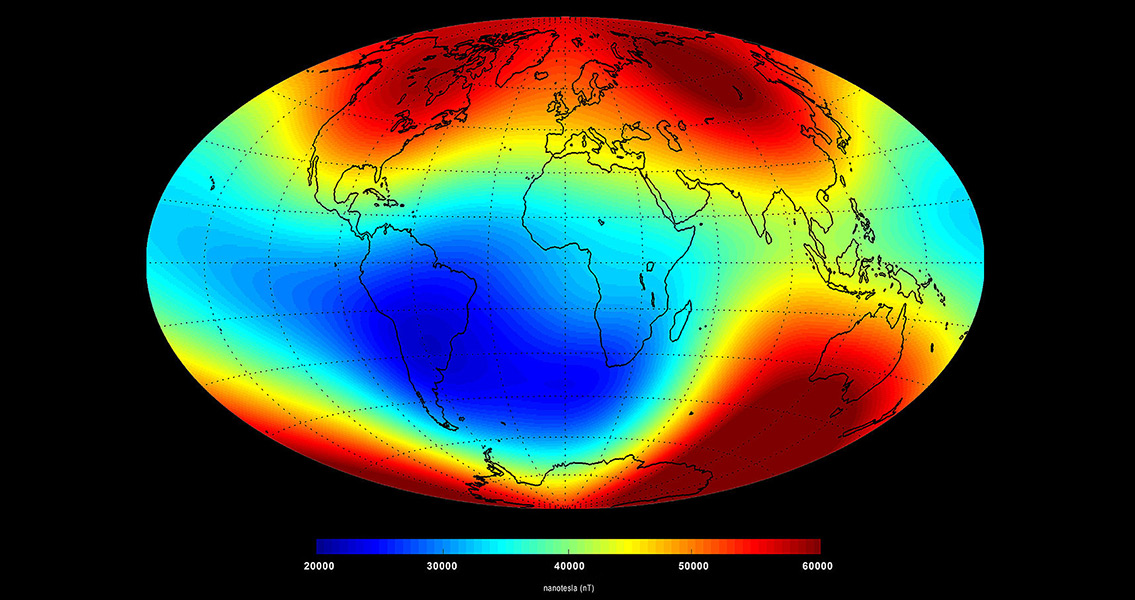<![CDATA[Historical fluctuations in the earth's magnetic field have been revealed following an innovative new study which utilized the remains of jars from eighth century BCE Israel. The presence of the Earth’s own magnetic field was quantified some 180 years ago. It originates from the core of the planet and extends well past the atmosphere. Fluctuations or weakening of this field have been a cause for concern to scientists for generations. However, a new research study by an international team of scientists from the University of California San Diego, Hebrew University of Jerusalem, and Tel Aviv University says there’s no evidence that the Earth’s magnetic field is in danger. In fact, they say that they’ve uncovered fluctuations to the field dating back several thousand years. According to an article in World Israel News, the researchers analyzed the ancient remains of jars – particularly the handles of these jars – in order to determine how the Earth’s magnetic field changed from the eighth century BCE through the second century BCE. The results of the study indicate that the field regularly fluctuates, peaking during the eighth century BCE. Tel Aviv University’s Dr. Erez Ben-Yosef said that the strength of the geomagnetic field at that point in time meets the expectations of other observations that indicated the early Iron Age had an unusually strong field. This so-called “Iron Age Spike” is the strongest field the Earth has experienced in the last 100,000 years, Dr. Ben-Yosef added, remarking that the recent decline in the strength of the magnetic field, viewed through this lens, places it in a context that provides little cause for alarm. The phenomenon is certainly not unique, the researcher commented, indicating that over the last thousand years alone, the Earth’s magnetic field has weakened and then recovered countless times. The novel method behind the research involved taking a number of Judean ceramic jar handles, all of which had been positively dated from the Iron Age through Judea’s Hellenistic Period thanks to the royal stamp impressions left behind in the ceramic. The geomagnetic intensity of each sample was measured through the use of a superconducting magnetometer and paleomagnetic ovens at UC San Diego’s Paleomagnetic Laboratory of the Scripps Institution of Oceanography. As any substance that was heated and then cooled records data regarding the strength and components of the magnetic field during the time of its creation, the ceramic jugs harbored tiny traces of minerals that can be used to measure the strength of the magnetic field at the time. With the age of each jar handle known, it was possible to create a highly accurate timeline of the world’s geomagnetic field strength throughout the centuries. The benefits of such research, scientists say, is that geophysical models such as cosmogenic processes and core-mantle interactions can be improved. Meanwhile, combining this magnetic strength analysis with radiocarbon dating can likewise provide higher accuracy in dating archaeological artifacts as well. The new research study, published in the Proceedings of the National Academy of Sciences is available here]]>
Earth's Magnetic Field Fluctuations Revealed in 2,800 Year Old Pottery
